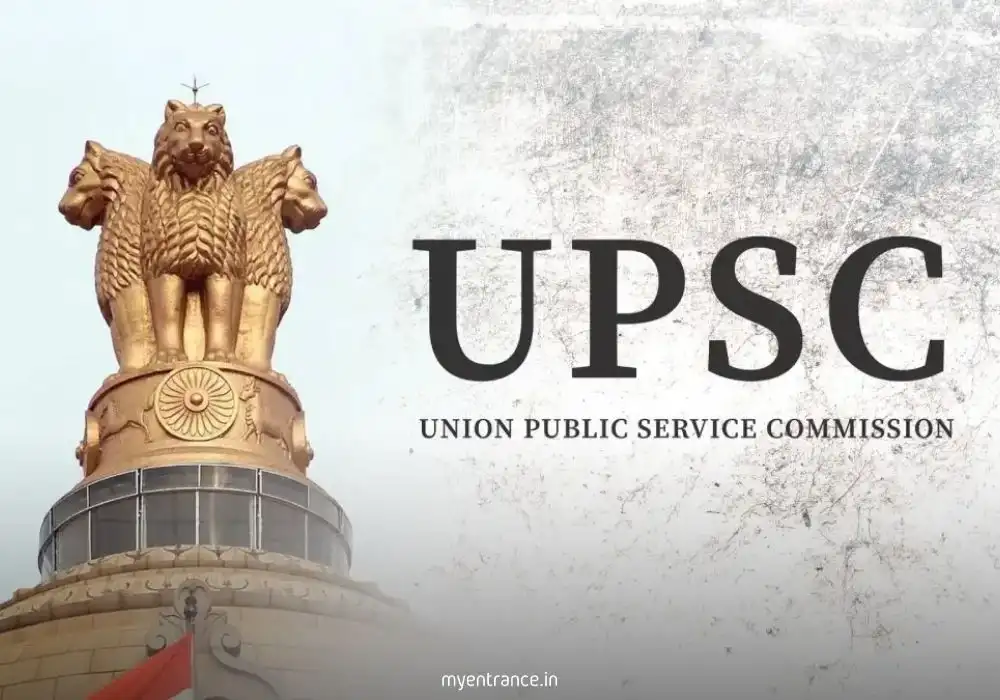Translate Language
Mastering Directive Words in UPSC Mains: A Strategic Approach to Scoring High
One of the biggest challenges in UPSC Mains is interpreting questions correctly. The key lies in understanding directive words—instructional terms that guide how an answer should be framed. Misinterpreting these can cost valuable marks.
This article decodes the most common directive words, their implications, and how to structure answers accordingly. We’ll also explore the ideal balance between positive and negative aspects and how to conclude effectively.

1. EXPLAIN
When a question asks you to “Explain,” your answer should provide a detailed breakdown of the topic. Focus on:
How, why, and when something happens.
Simplifying complex concepts for clarity.
A 70:30 ratio—70% on the positive aspects and 30% on limitations (if applicable).
Conclusion: Summarize the topic’s significance or broader impact.
Example:
Question: Explain the causes of the Indian Monsoon.
Answer: The Indian Monsoon occurs due to differential heating of land and sea, creating low pressure over land that draws moist winds from the ocean.
2. DESCRIBE
“Describe” demands a factual presentation of the topic without personal opinions. Focus on:
What something is (features, characteristics).
A 85:15 ratio—mostly factual, with minimal critical analysis.
Conclusion: A brief summary (1-2 lines) without extensive elaboration.
Example:
Question: Describe the Indian Monsoon.
Answer: The Indian Monsoon is a seasonal wind pattern bringing heavy rainfall between June and September.
Key Difference: “Explain” delves into causes, while “Describe” sticks to features.
3. DISCUSS
“Discuss” requires a balanced debate covering multiple perspectives. Key aspects:
Present both pros and cons.
Maintain a 50:50 balance between arguments.
Avoid taking sides—stay neutral.
Example:
Question: Discuss the impact of social media on democracy.
Answer: Social media enhances political awareness (pro) but also spreads misinformation (con).
4. EXAMINE
“Examine” means investigating deeply, often involving:
Root cause analysis.
A 60:40 ratio—more emphasis on critical evaluation.
Concluding with insights from the investigation.
Example:
Question: Examine the role of Article 19 in Indian cinema.
Answer: Analyze legal restrictions (Article 19(2)) and the Cinematograph Act’s provisions.
Difference from “Discuss”:
Discuss = Broad debate.
Examine = In-depth scrutiny.
5. ANALYSE
“Analyse” involves breaking down a topic into interconnected parts. Key points:
Explore relationships between components.
Maintain a 50:50 balance in arguments.
Conclude with an assessment of these connections.
Example:
Question: Analyze the influence of Article 19 on Indian cinema.
Answer: Study how laws, censorship, public protests, and societal changes collectively shape filmmaking.
Final Tips
Never interchange directive words—each has a unique requirement.
Practice past papers to identify patterns.
Use bullet points and subheadings for clarity in answers.
By mastering these directive words, you can structure answers precisely, maximizing your UPSC Mains score. For more exam strategies, explore MyEntrance.in for mock tests, quizzes, and current affairs updates!
Get 3 Months Free Access for SSC, PSC, NIFT & NID
Boost your exam prep!
Use offer code WELCOME28 to get 3 months free subscription. Start preparing today!















